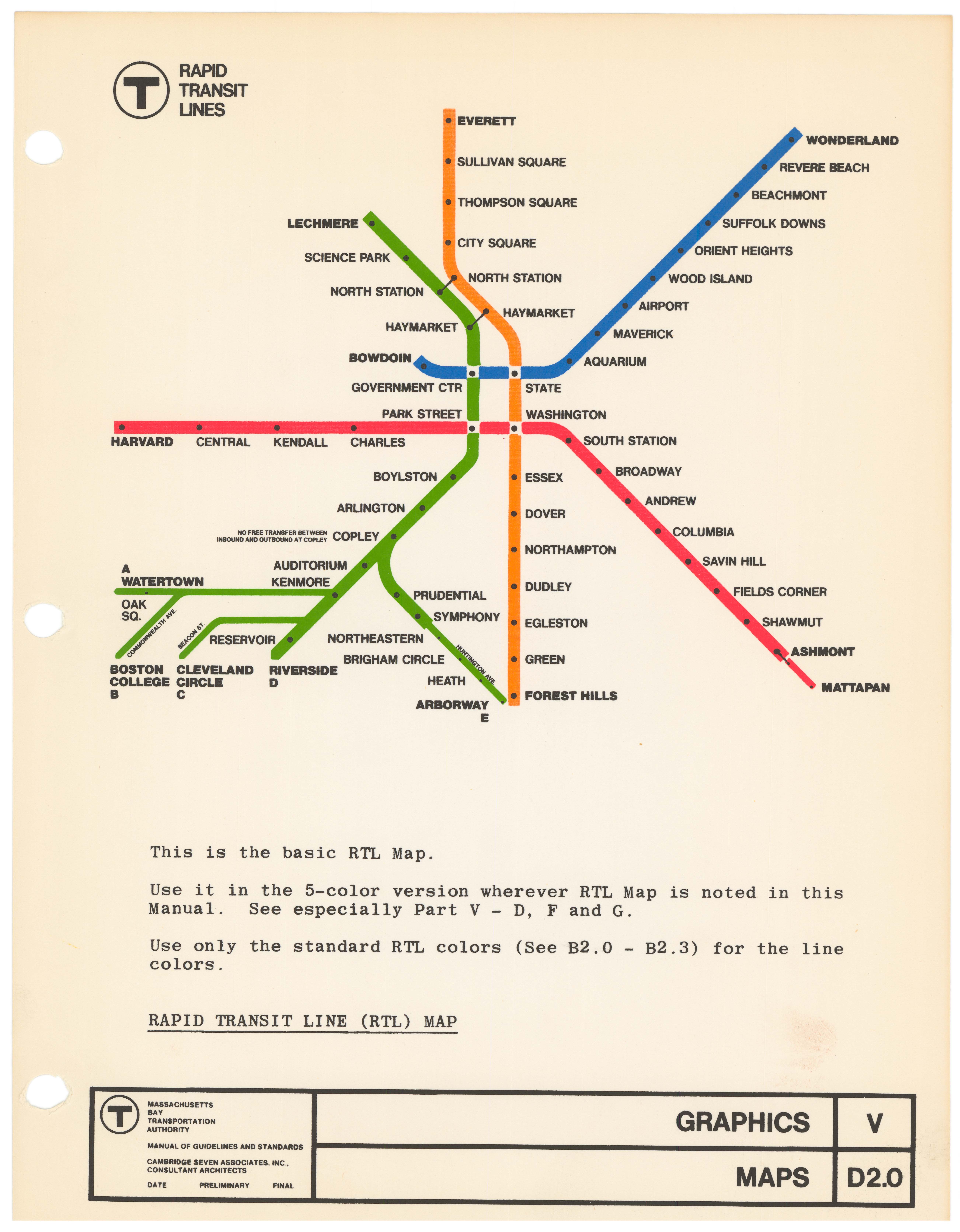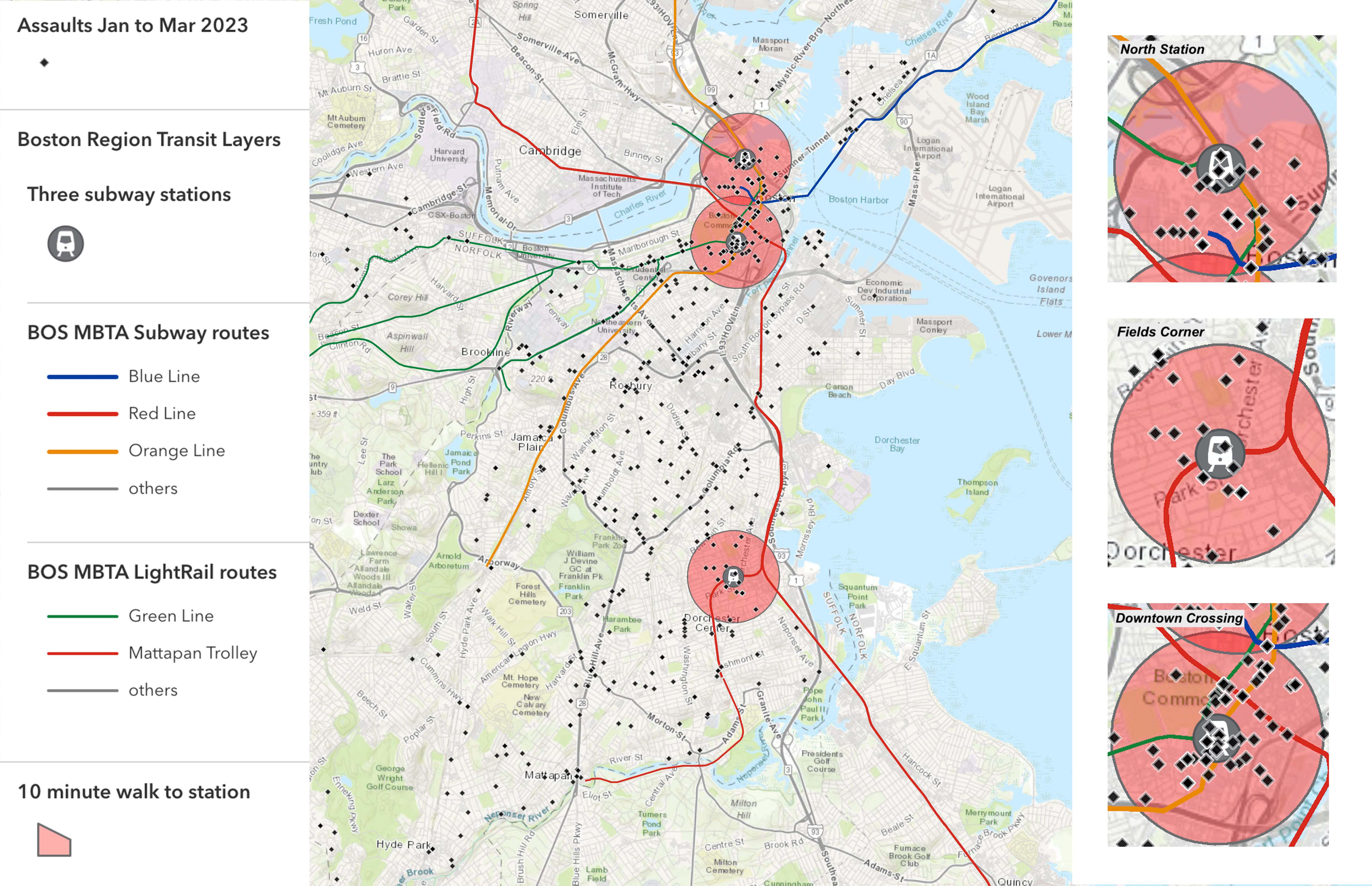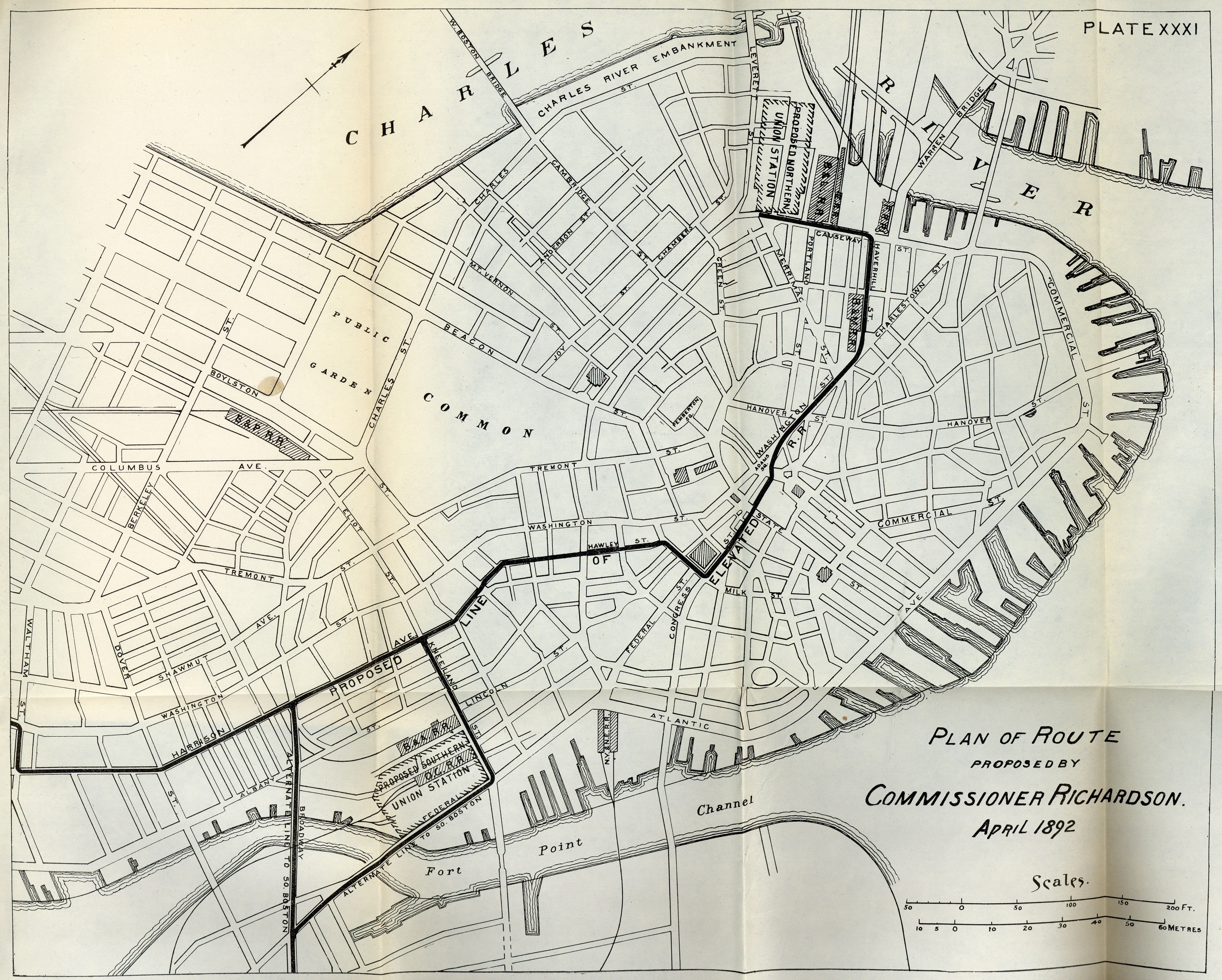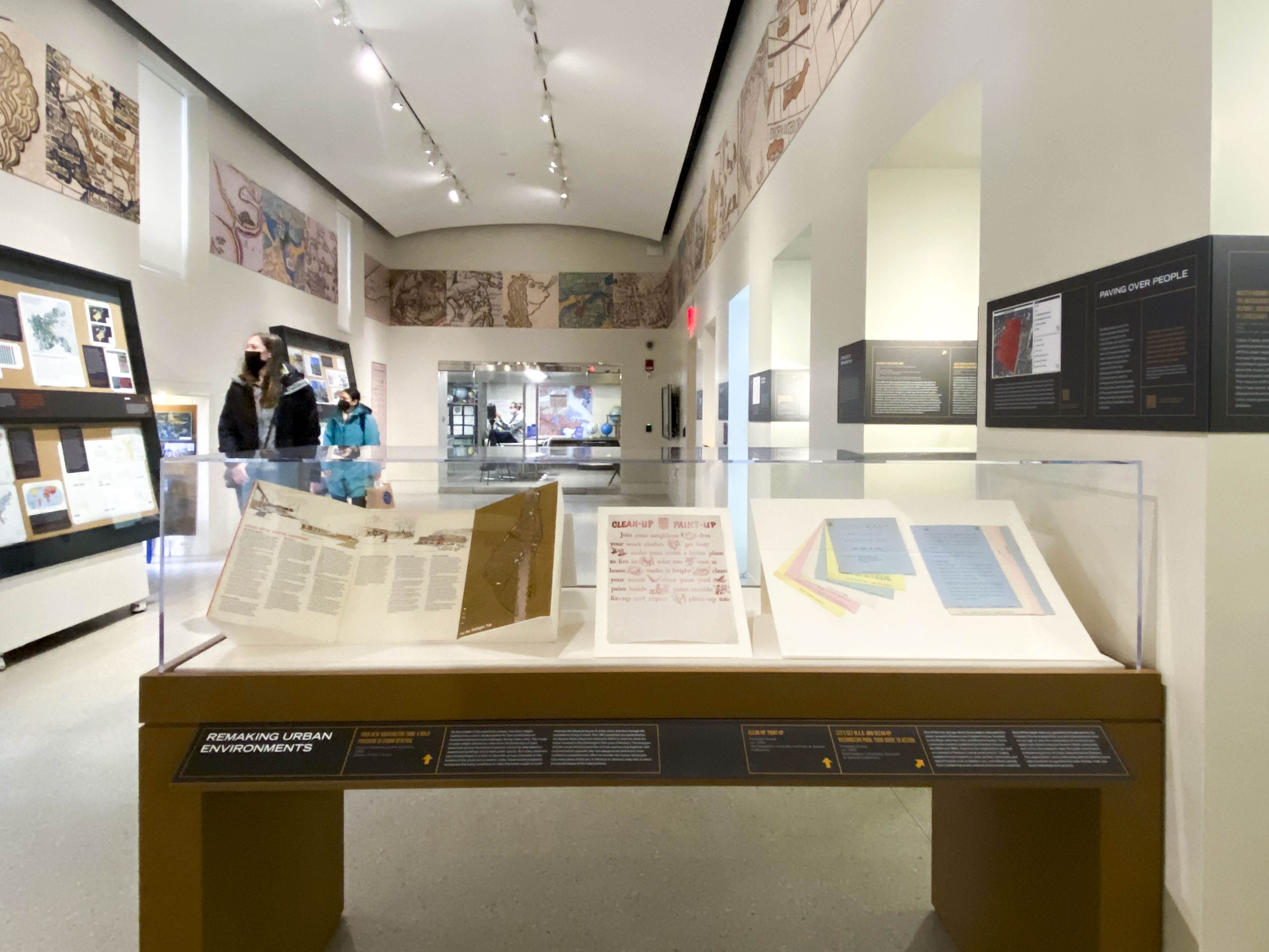Long Commutes, Extraordinary Students:
Tackling the issue of school distribution in our city
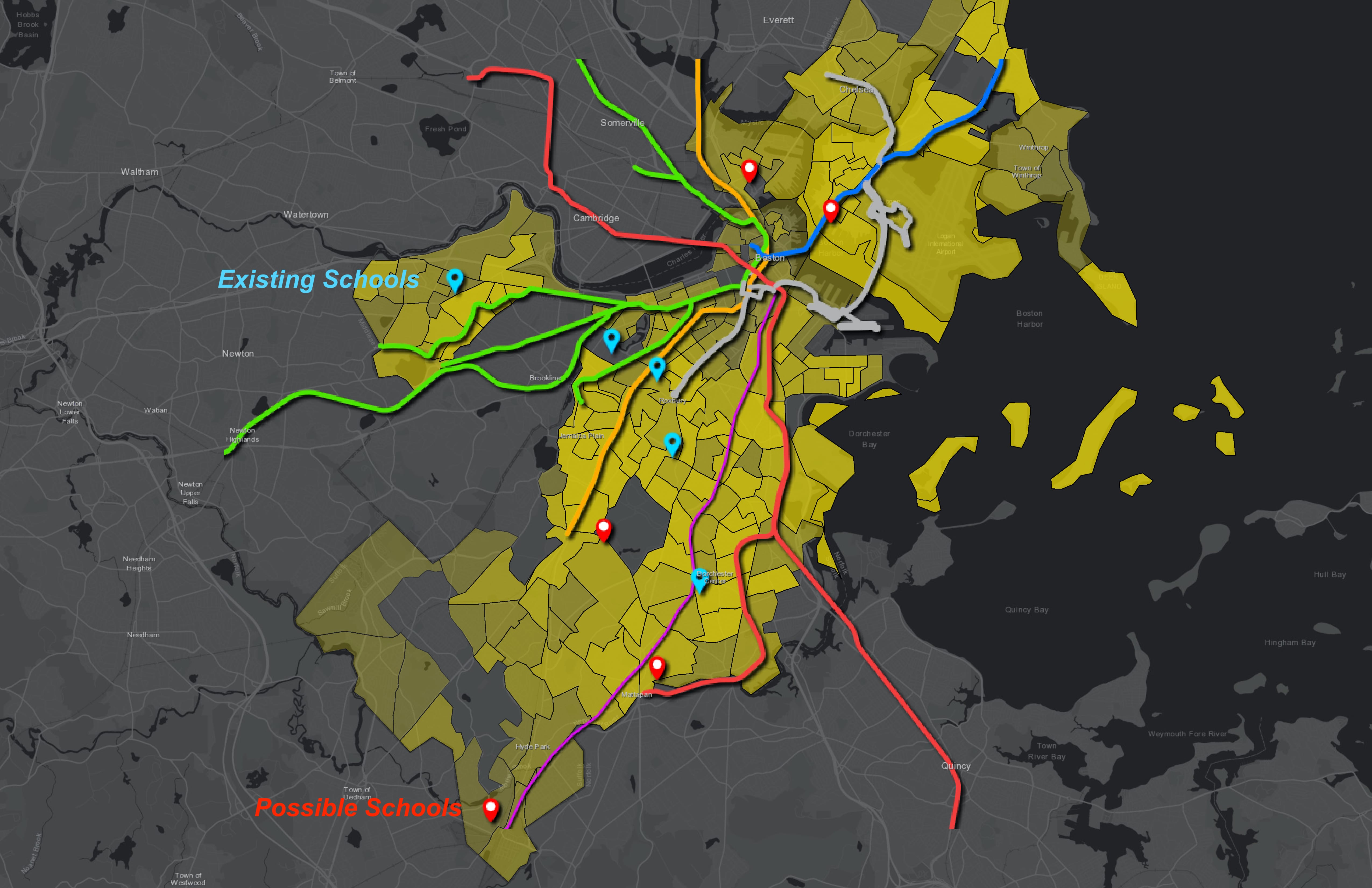
Every morning I wake up at 5:30 to get ready for school. I make the 6:23 commuter rail from the stop closest to me, get off at Ruggles, before walking the half mile or so to school, arriving at 7:00. All the while, school starts at 7:45. But taking a later train would make me late. During my time at Boston Latin School, I have encountered many students who share the same experience. I have long wondered what it would be like to live close to the school, and be able to wake up 20 minutes before the bell. I have found through my research here, with the Leventhal Map & Education Center, that there are a number of “transit deserts” throughout the city. This forces students to take these drastic measures in order to simply get to school on time. When I was making my transition from 6-7th grade, my parents (like so many others around the city) were looking for a school to send their children to give them the best experience possible. Many factors go into this decision, but the start/commute time was not necessarily on top of the priority list.
As displayed on my map, I used the transit system we have in Boston to better frame the distribution of 7-12 schools in the city. The yellow census tract layer shows the percentage of people using public transit for their commuting, with the lighter colors showing the higher percentages.The blue markers represent the current 7-12 specialized public schools in the city, (TechBoston Academy, Boston Green Academy, Boston Latin School, Boston Latin Academy, and the John D. O’Bryant School of Math & Science). As a student living in West Roxbury and commuting to Boston Latin School, it makes the day excessively long with the added commute time. My proposal is in the form of the red markers. These are possible locations that are spread throughout the city that may be lacking a school similar to the pre-existing ones. They are on the end of subway lines, or in areas that seem separated from the rest of the city. This allows these possible schools to be accessible through the T, allowing students to get more sleep, improve test scores, and increase work productivity.
I hope that a look into my map was insightful, and broadens your perspective on the distribution of 7-12 schools in our city. These proposed schools would improve the experience our students have in the city for generations to come, and I encourage you to advocate for this change.

